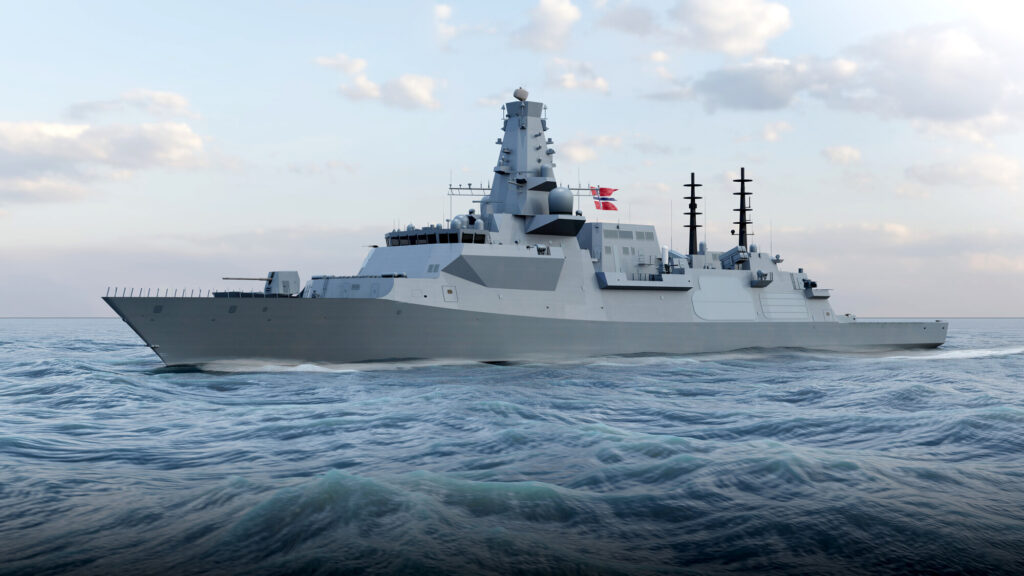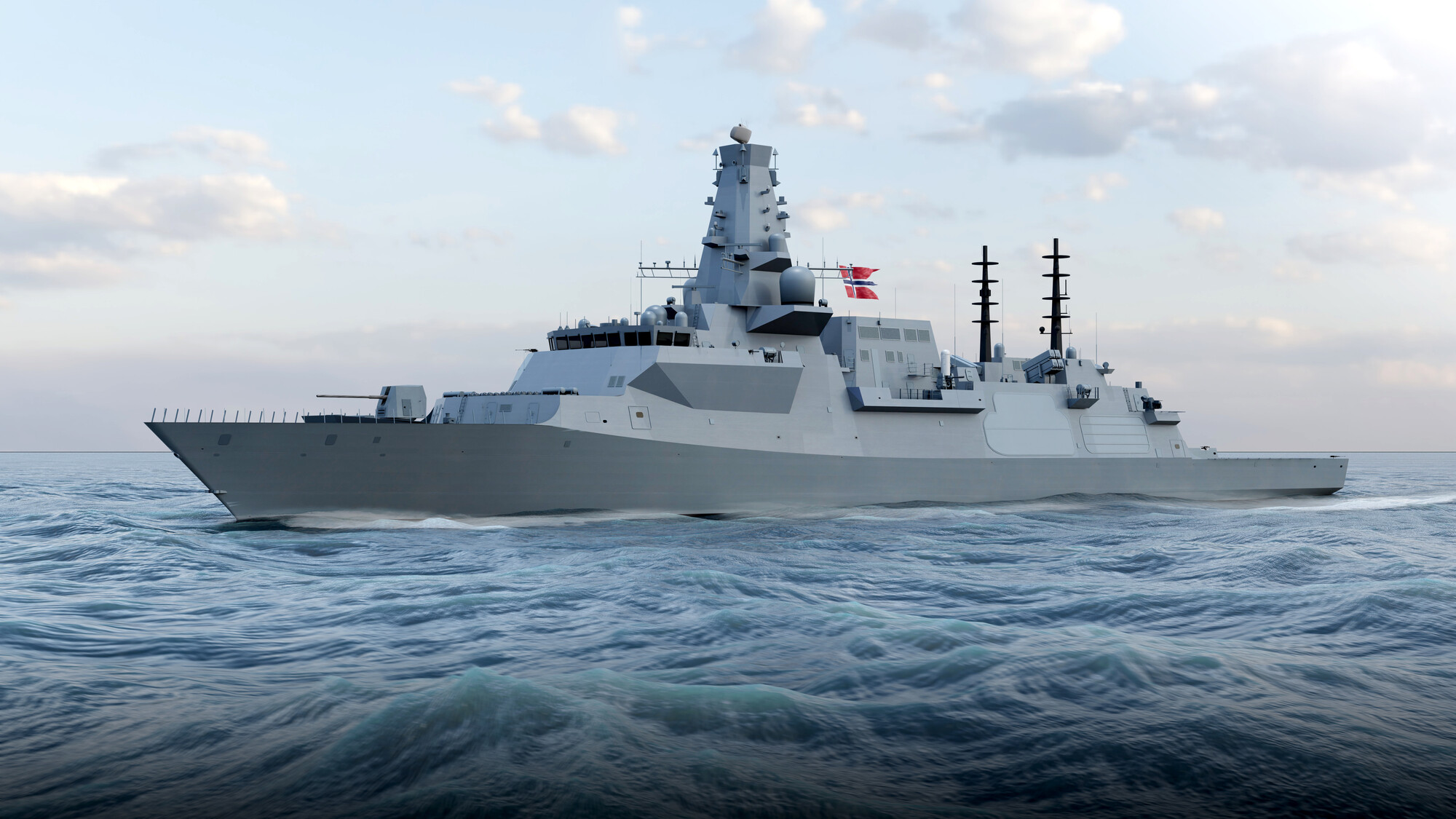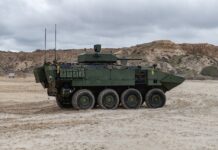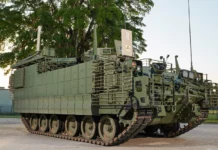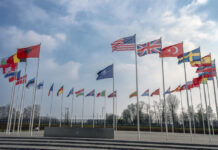The Norwegian government has selected the United Kingdom as the strategic partner for its new frigate programme and will purchase at least five Type 26 anti-submarine warfare (ASW) frigates under a GBP 10 billion (EUR 11.58 billion) deal announced by the two governments on 31 August 2025.
The deal was stated by the UK Ministry of Defence (MoD) as being the UK’s biggest ever warship export deal by value and Norway’s biggest ever defence procurement deal.
Since November 2024 the Norwegian authorities had been considering France, Germany, the United States and the UK as potential strategic partners for the country’s frigate programme.
While conceding that the selection had been a “difficult choice”, with all four candidates being strategic partners for Norway that “provided strong and competitive proposals”, Norwegian Prime Minister Jonas Gahr Støre stated, “Norway and the United Kingdom are close allies, with common interests and strong bilateral ties. I am confident that the strategic partnership with the UK for purchasing, developing and operating frigates is the right decision. This partnership enables Norway to reach the strategic objectives our Parliament set out in the current Long-Term Plan on Defence.”
Delivery of the Type 26 frigates to Norway will start in 2030.
The decision comes ahead of a new UK-Norway defence agreement that will strengthen Euro-Atlantic security while bringing the two countries’ defence industries closer together to boost jobs, growth, and innovation.
As well as securing 4,000 jobs in the UK, the Norwegian frigate deal will have a major effect in bolstering NATO’s ASW capabilities; it will ultimately see the fielding of a combined fleet of 13 Type 26 ASW frigates – eight British and at least five Norwegian – to detect, classify, track and defeat hostile submarines in the North Atlantic, significantly reinforcing NATO’s northern flank.
“Together we will acquire frigates to the British Royal Navy and the Royal Norwegian Navy,” said Støre. “We will operate and develop the frigates for the coming decades. This will strengthen our and NATO’s ability to patrol and protect the maritime areas in the High North. This is of great importance to Norwegian, British and allied security in these times of global instability.
“Norway and the United Kingdom have long lasting, close ties,” he noted. “After having operated British vessels during World War II, the post-war navy was largely built on British doctrines, tactics and operational concepts.”
Norwegian Defence Minister Tore O Sandvik added, “We have strong shared interests in the North Atlantic. Our armed forces maintain a close co-operation, and with a joint frigate programme we will be able to operate seamlessly and integrated in our joint areas of interest.”
Norway’s strategic partnership with the UK will be accompanied by extensive industrial co-operation. In the draft agreement the UK has guaranteed industrial co-operation with Norwegian industry equivalent to the total value of the frigate acquisition.
The Norwegian and British governments will now move to finalise a binding agreement that sets out the framework for the strategic partnership. Once that agreement is signed, the two parties will enter into contract negotiations with BAE Systems as the prime contractor.
In parallel, the Norwegian and British authorities will negotiate separate industrial co-operation agreements for various collaborative projects with relevant industrial partners.
“Our first goal is to finalise the government agreement shortly,” said Sandvik. “Then we will move into contract negotiations. We will negotiate, among other things, the price and delivery schedule for the vessels, before returning to the Parliament with an investment decision.”
The Type 26 frigate, originally developed under the Global Combat Ship programme, has been designed to be capable of undertaking a wide range of roles and has already been selected by Australia and Canada as well as the UK and now Norway. The Type 26s ordered for the Royal Navy (eight City-class frigates) and Royal Australian Navy (six Hunter-class frigates) are all optimised for the ASW mission. Canada, meanwhile, has so far ordered four of up to 15 Type 26s, which will be known as River-class destroyers and have more general, all-round capabilities.
The principal sensors and weapons for the UK’s Type 26s are the Sonar 2087 towed-array sonar, the Type 997 Artisan 3D medium-range air and surface surveillance radar, the Sea Ceptor anti-air missile system and a five-inch (127 mm)/54-calibre Mk 45 naval gun.
